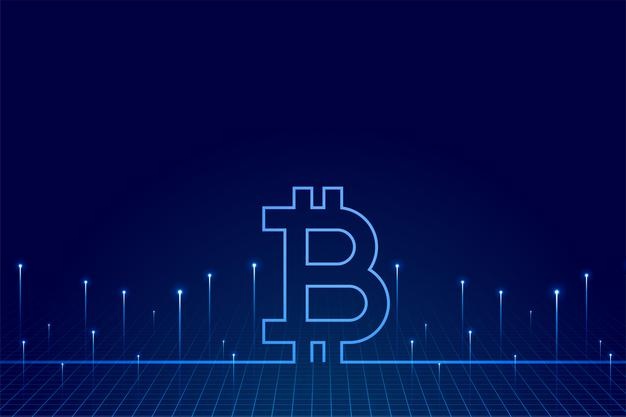The blockchain is the decentralized ledger of a cryptocurrency, where all transactions are listed in the form of blocks. The registration of the individual blocks takes place without gaps and in chronological order so that, over time, verifiable, mostly open and lasting registration results. The administration is up to the participants of the core peer-to-peer network, who follow a defined protocol to validate new operations. Consequently, all nodes automatically download an integral copy of the blockchain which makes a central instance superfluous for viewing the operations that have taken place. A data record based on blockchain technology is not editable without the approval of the other members.
Block mining
The important column of cryptocurrencies is the so-called block mining. This is the process required to add new operations to the cardano dex platform in the form of blocks in the blockchain. Mining requires specific software, capable of solving mathematical questions and therefore also the hash functions at the base. All network participants can work to find the solution to the respective mathematical problem posed to validate a new transaction block. In this case, we also speak of proof of work, to be provided. If a block is successfully extracted and the result of the hash function is guaranteed, all participants can verify that the solution is correct. However, the reward for the successful mining process goes only to the miner whose computer solved the riddle first. Typically, such a block reward as this type of reward is called includes a defined sum of currency units and all the transaction costs associated with the newly added block.

How exactly does cryptocurrency payment work?
If the companies of a cryptocurrency have a certain value, which could be restored into main banking money such as the bucks or dollars, the prerequisite for use as of expenditure is essentially satisfied. But to pay with electronic cash, the dealer should also accept the respective cryptocurrency as a means of payment. An answer couple, containing a world and a personal key, is required to execute the payment. The social answer is noticeable to almost all and has the same function as a banking statement number: it serves as the starting house from where a user initiates an expenditure with the respective cryptocurrency. The personal key, on the other hand, is utilized to ascertain the operation and is therefore comparable to a signal. Only the owner of the respective cryptocurrency can see the key used to initiate the operation. Finally, the wallet, as the real pocket cryptocurrency is called, is generally automatic. When paying, users only need to enter the sum and the goal house, which is the civil clue of the payee.




